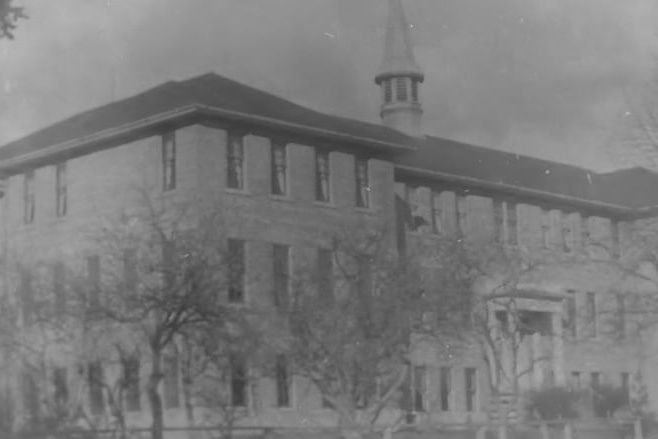(Sechelt) Shishalh First Nation in British Columbia says ground-penetrating radar has spotted what appear to be 40 unmarked children’s graves around the former St. Augustine Indian residential school.
The shishalh First Nation, on the province’s “Sunshine Coast,” says ground-penetrating radar was one of the tools used in the archaeological project, which also involved interviews with survivors and recordings of documented historical events.
The community says Thursday that after listening to elders and survivors of this federal residential school, shared accounts of missing children had been confirmed.
The shishalh community said it was working with the University of Saskatchewan to find the remains of children who never returned from St. Augustine residential school.
Terry Clark, an associate professor at the university, said the community has always had enough evidence of the remains, and strongly believes there are many more unmarked graves in this area.
Chief Lenora Joe admitted that some of the children may never be found.
“We will keep looking…to show them they haven’t been forgotten.”
The shishalh nation said that the land where St. Augustine’s boarding school was located is right in the middle of the present municipality of Sechelt, so the land has since been disturbed and developed. Relying solely on penetrating radar for data would be inaccurate and inconclusive, community officials say.
According to Chief Joe, children from 51 other Indigenous communities were placed in this boarding school, which operated from 1904 to 1975.
The Truth and Reconciliation Commission heard that in 1923, parents took their children away to protest poor upbringing, harsh discipline and inadequate nutrition. Boarding school officials then appointed a new principal and increased funding.

